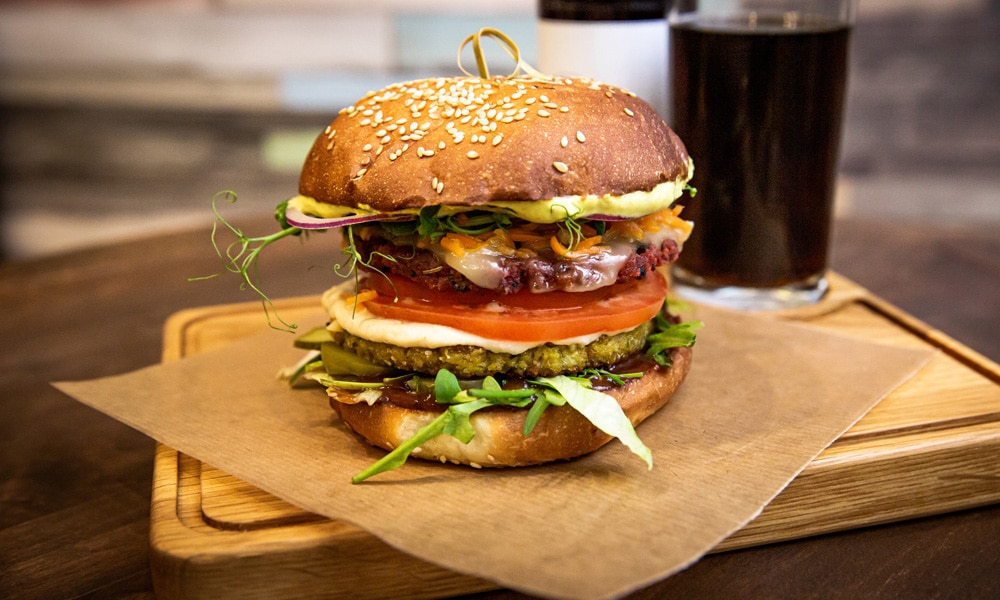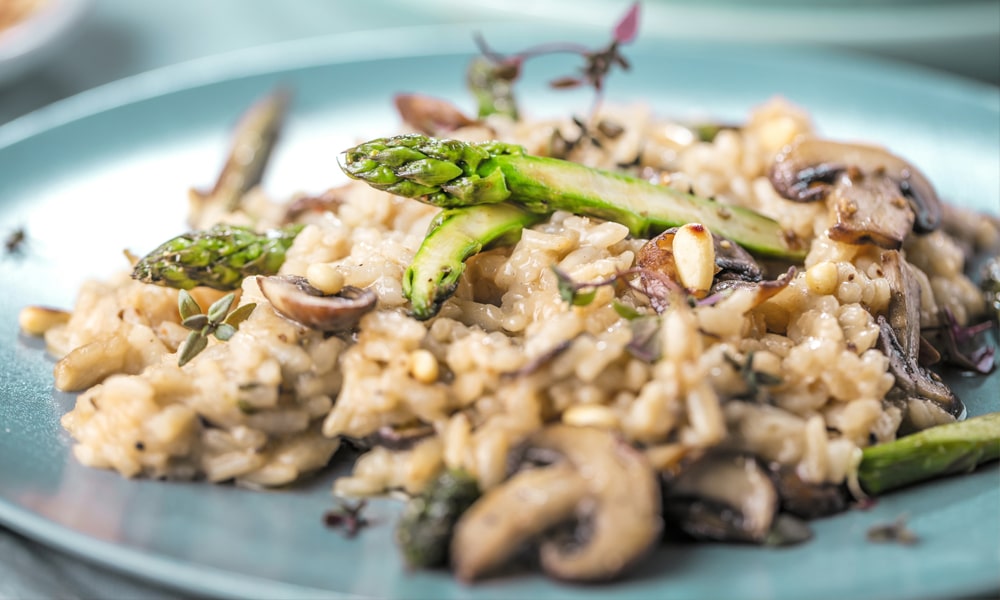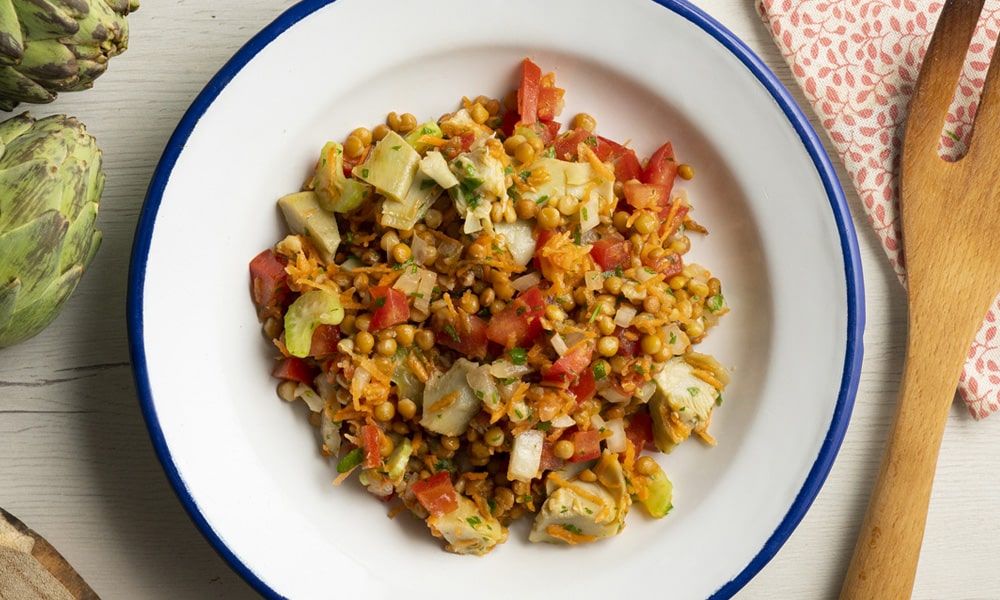The “200” is approximately 200 miles of riding, or a double century. It is an extended ride and involves hours of effort, dedication, and perseverance. It typically gets accomplished in one day, thus planning is critical, as is pacing.
Covering 321.9 kilometers, the double century challenges aerobic capacity, muscular resilience, and psychological will. Double centuries last 10–15 hours, with flat or hilly routes. Preparing for them entails strengthening rides of 100–150 miles, multiple riding days in succession, and tempo riding for developing pace sustainability. Cyclists must pace not to blow through threshold, normally 60–70% of FTP or riding HR zones 2–3 in order not to burn. Food plays an important role—riders consume 200–400 calories an hour, including carbohydrate foods, electrolyte liquid, and occasional solids from rest stations. Strategies for hydration consider environment and rate of liquid loss, and what riders wear insulates from temperature extremes over an extended period of sitting in the saddle. Bike fit, comfort, and saddle choice make a large contribution in overuse injury prevention as well as in discomfort. Psychologically, riders compartmentalize the riding in mini-milestones—stops for rest, climbing, or every 25 miles—to avoid loss of focus and interest. Completing a double century is an important milestone, as training for multiday tours or ultra-distance events, and is proof of advanced resilience, preparation, and will.










